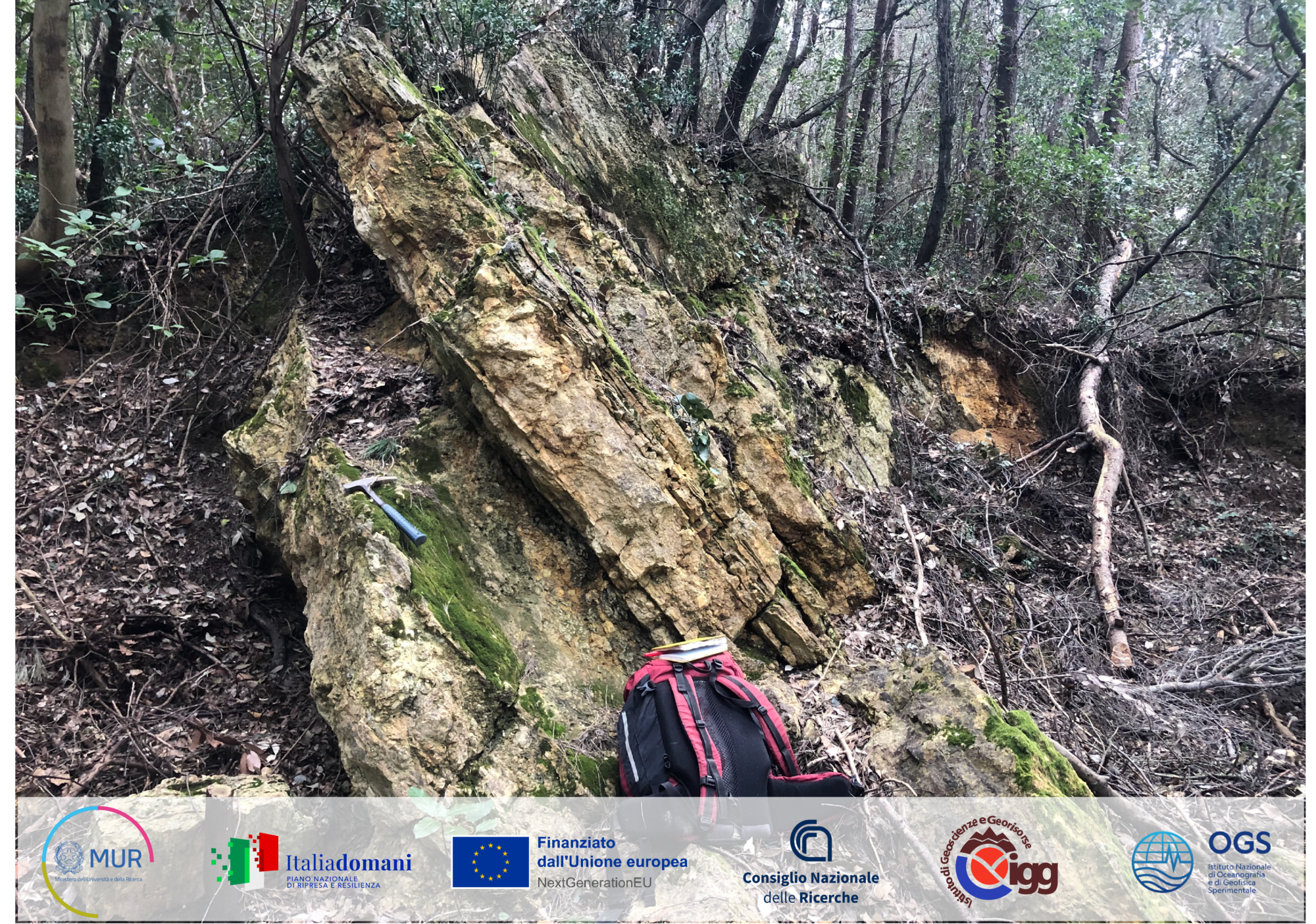

“Imagine unlocking a process so efficient to mirrors Earth’s own deep carbon cycle“
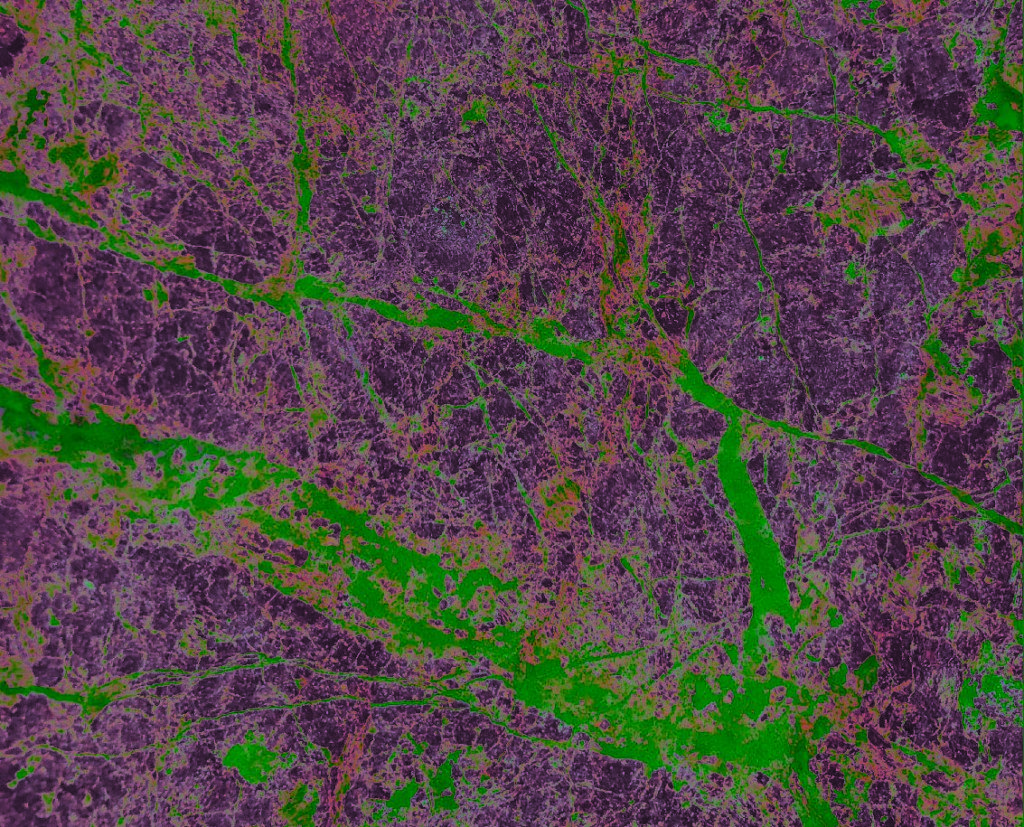
Serpentinite: An untapped potential for CO2 storage
Serpentinite represents a promising yet underexploited resource for carbon sequestration technologies. Current techniques for extracting magnesium from serpentine, essential for binding CO2 into solid carbonates, are energy-intensive and costly. Moreover, a significant gap remains in our understanding of the real-world effectiveness of serpentinite for CO2 storage applications. This includes a need for deeper insights into the behavior of abundant elements within serpentinites —elements that hold economic value, such as nickel (Ni) and cobalt (Co), as well as those that could pose environmental risks, like chromium (Cr), during the carbonation process.
A Geological Blueprint for CO2 sequestration
The formation of magnesite deposits within serpentinites is a clear indicator of how effectively natural processes can sequester CO2. By studying the processes responsible for the formation of these deposits, we can understand how to optimise engineered carbonation techniques, making them more efficient and scalable by leveraging the Earth’s own mechanisms for climate mitigation. The Ligurian Ophiolite represents a slice of an ancient oceanic crust now outcropping along the picturesque hillsides of Central and Southern Tuscany. Within it there are numerous magnesite deposits which provide a window into the formation of magnesite, offering invaluable insights into Earth’s natural carbon sequestration processes.
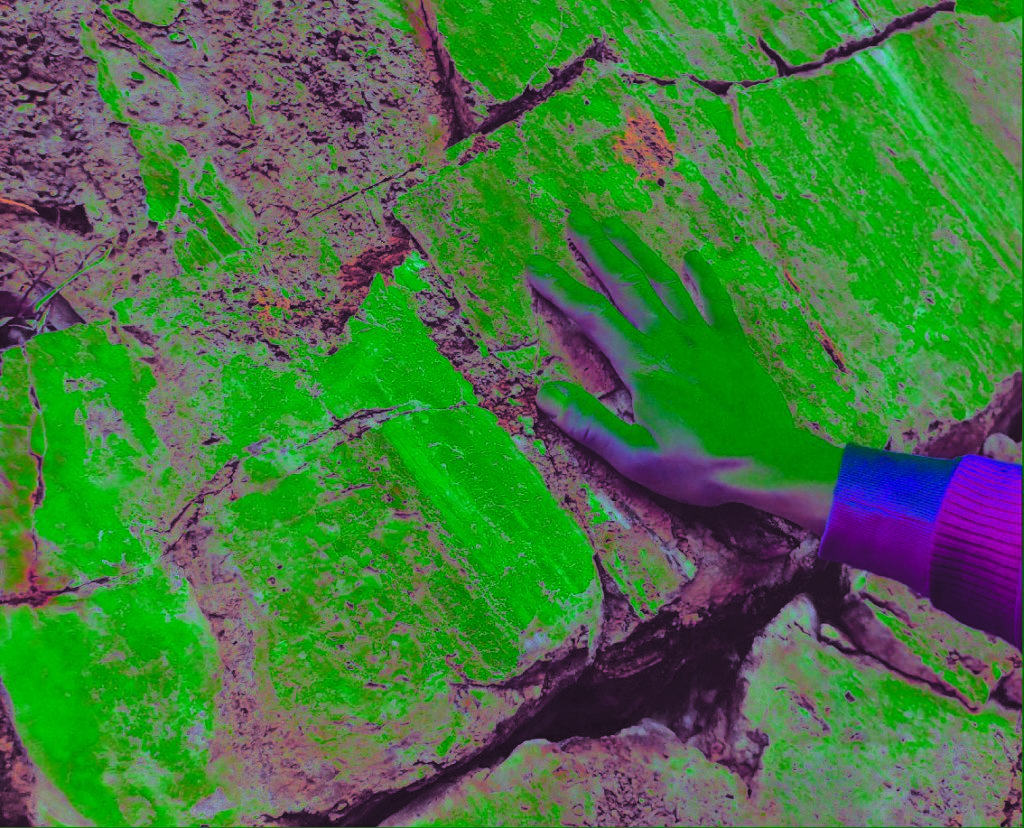
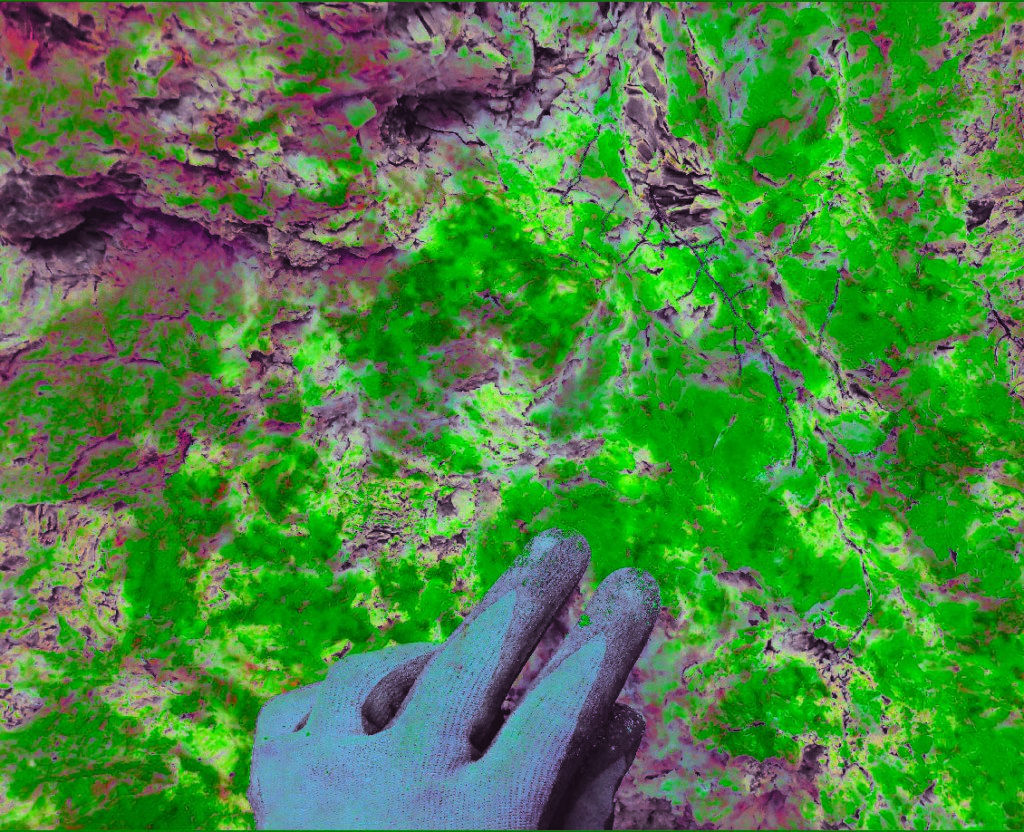
The STORECO2 project
STORECO2 is the result of a partnership between the National Research Council of Italy, Institute of Geosciences and Earth Resources (IGG-CNR) and the National Institute of Oceanography and Applied Geophysics (OGS). The project aims to lay the scientific foundation for the next wave of mineral carbonation technologies, with a special emphasis on exploiting the untapped potential of serpentinite. STORECO2 is a forward-thinking initiative aimed at leveraging our planet’s geological history to address one of the most pressing challenges of our time: global warming. By decoding the natural processes that have regulated the Earth’s carbon cycle for millions of years, the project aims to unlock new pathways for mitigating climate change. This endeavour is not just about understanding the geological past; it’s about shaping a sustainable future, harnessing the earth’s ancient wisdom to develop innovative solutions in the fight against climate change.
Meet the STORECO2 team
News
Research products
Proceeding of the WRI18 conference: CO₂ storage in serpentinised peridotites
This presentation focused on what it would take to reproduce the efficiency of serpentinite carbonation observed in natural systems such as magnesite deposits and what would be the behaviour of economic metals during the process. Two pressing themes for the upscaling of CCS in serpentinites.
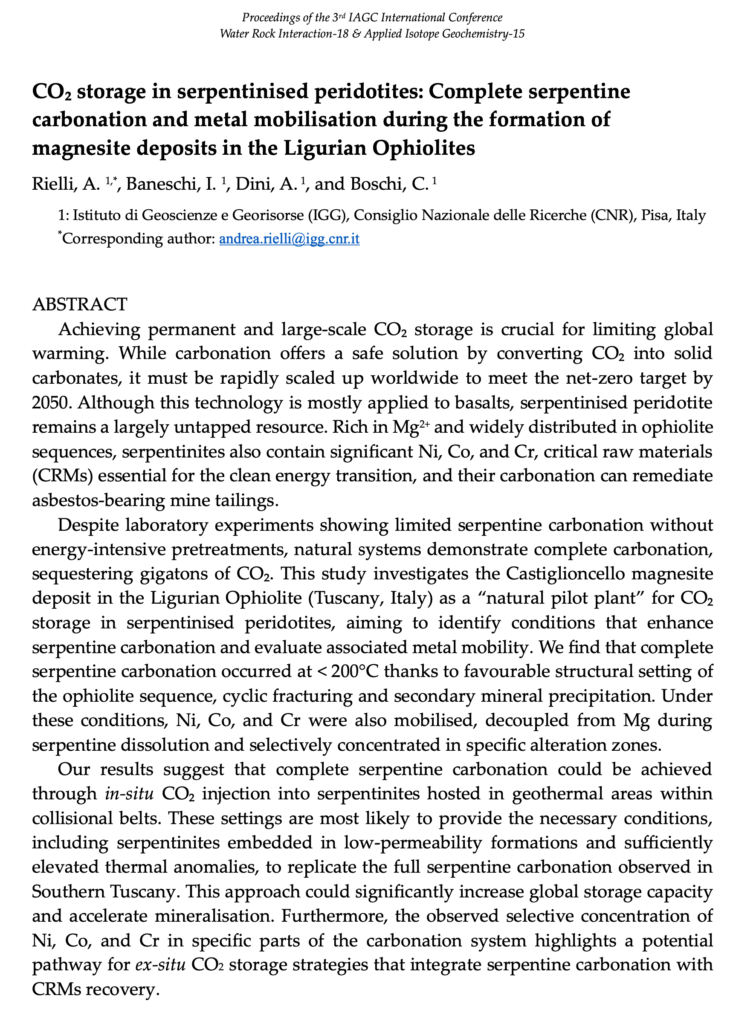
Abstract EMC 2024 – Metal mobility during serpentine carbonation
This abstract explores metal mobility during serpentinite carbonation, focusing on the potential for metal recovery and evaluating the environmental impact of the process.
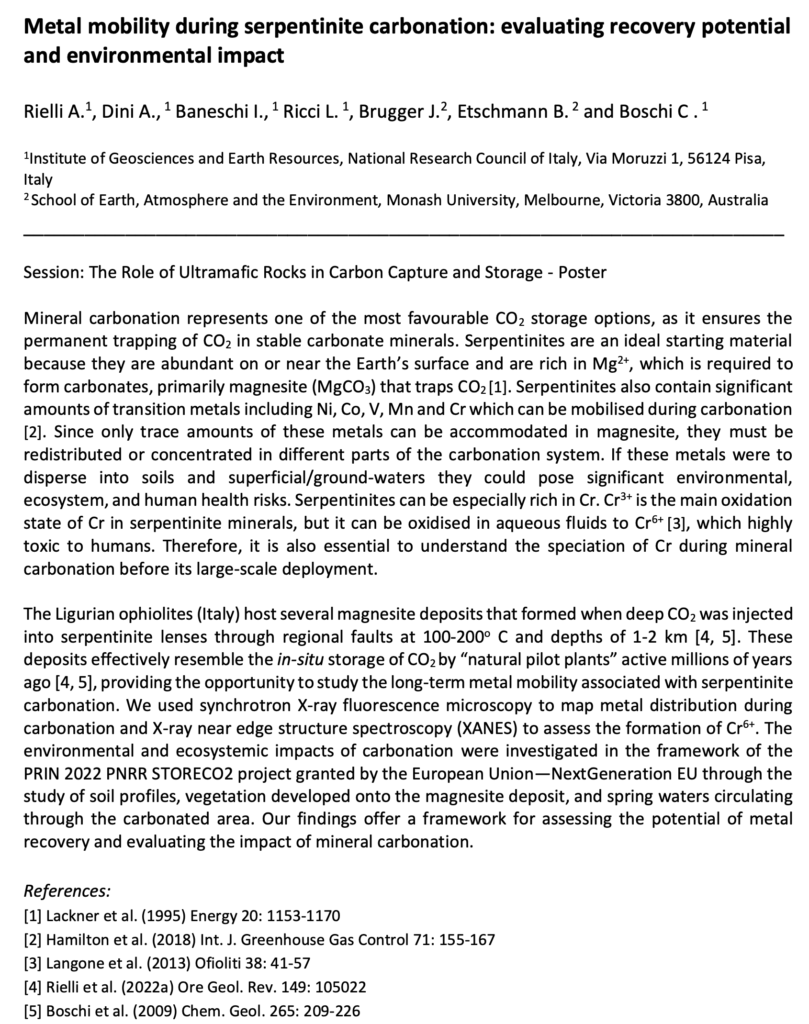
Abstract AGU 2024 – Advancing the Storage of Anthropogenic CO2 Emissions by Understanding Natural Carbonation Systems
This presentation highlighted the role of serpentinite as a promising solution for CO2 storage, focusing on the unique opportunities offered by the Ligurian ophiolites in Tuscany for both studying natural analogues and potential CCS applications.
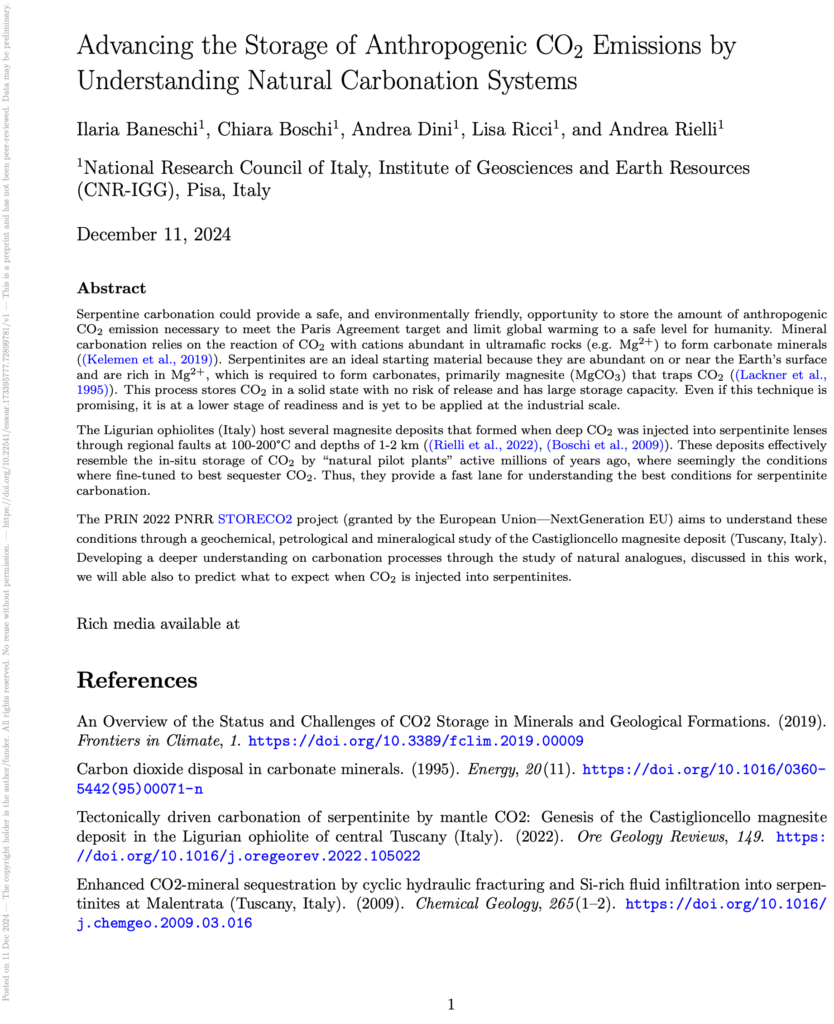
Positions
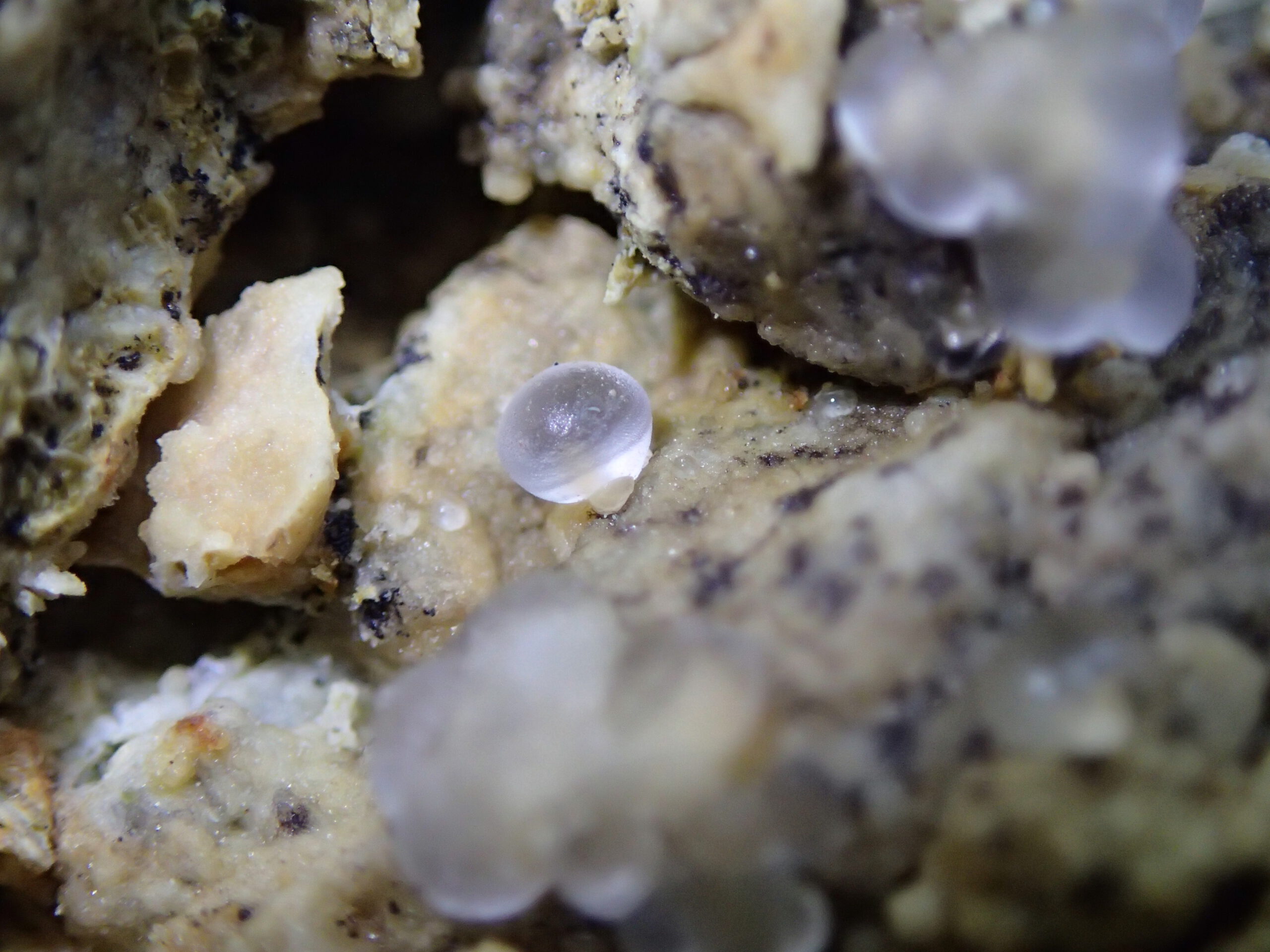
– Thesis and internships –
Thesis and internships opportunities at STORECO2
For those looking to further their academic journey, our project offers fertile ground for pursuing Master’s and PhD topics related to our core research areas. We provide a supportive and stimulating environment for growth, encouraging our team members to explore innovative ideas and contribute to the development of sustainable solutions for CO2 sequestration.
Join us in our mission to advance the science of carbon storage, leveraging nature’s wisdom for a sustainable future. This is your chance to be part of a cutting-edge project that not only aims to address one of the most pressing issues of our time but also offers pathways for academic and professional development in the vital field of carbon sequestration.
Contacts
…
Institute of Geosciences and Earth Resources (IGG) of the National Research Council of Italy (CNR)
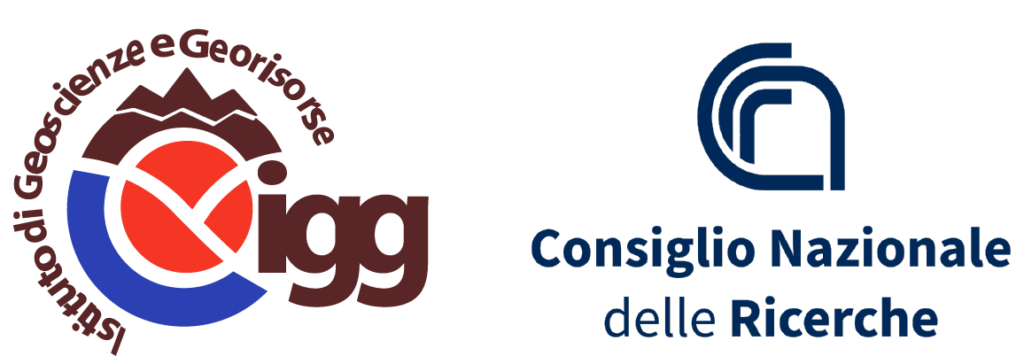
Via Giuseppe Moruzzi, 1, 56127 – Pisa (PI), Italy
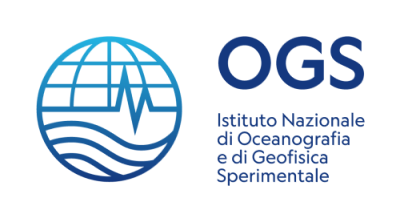
National Institute of Oceanography andApplied Geophysics
Borgo Grotta Gigante, 42/C, 34010 – Sgonico ( TS ), Italy

